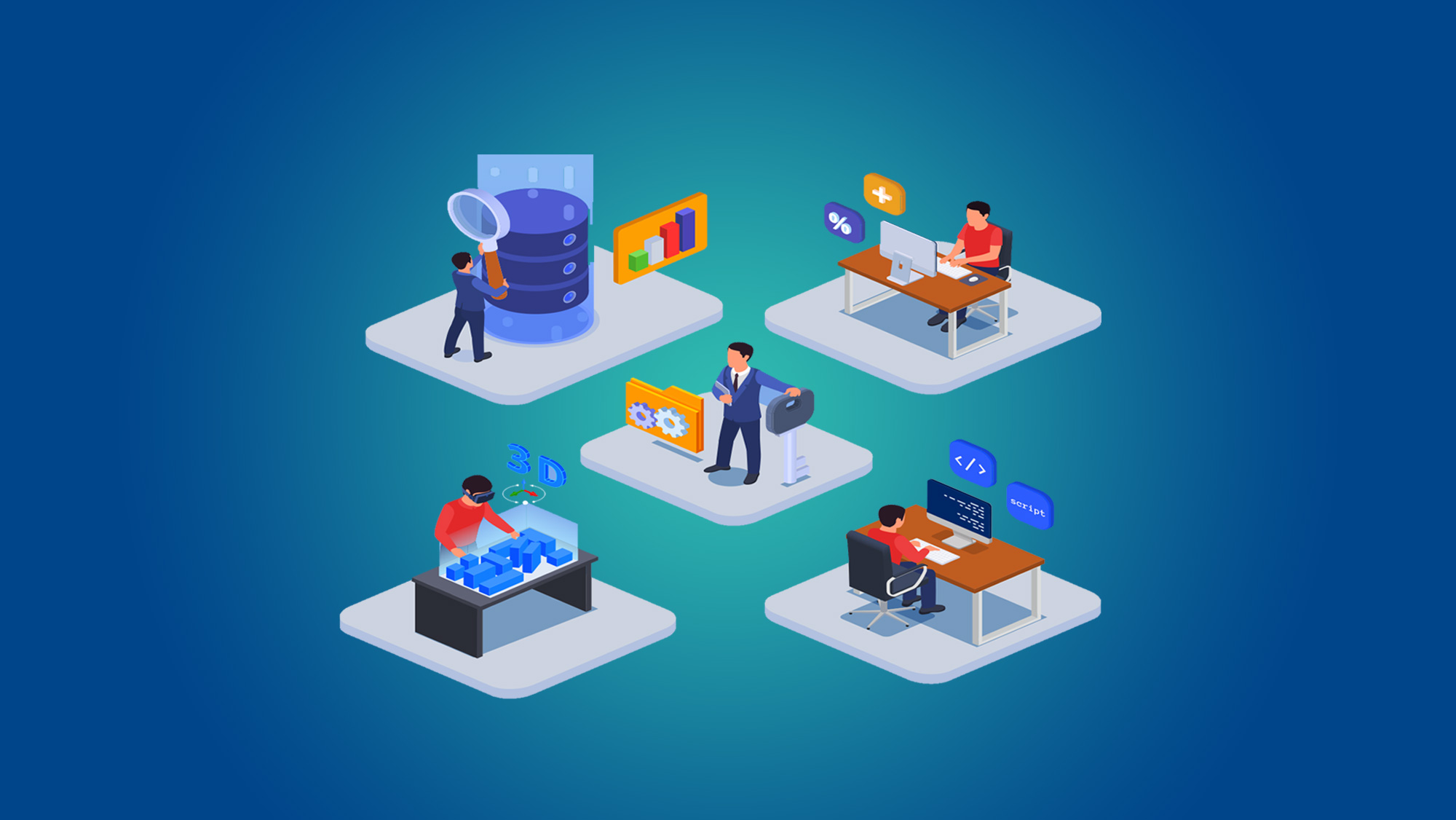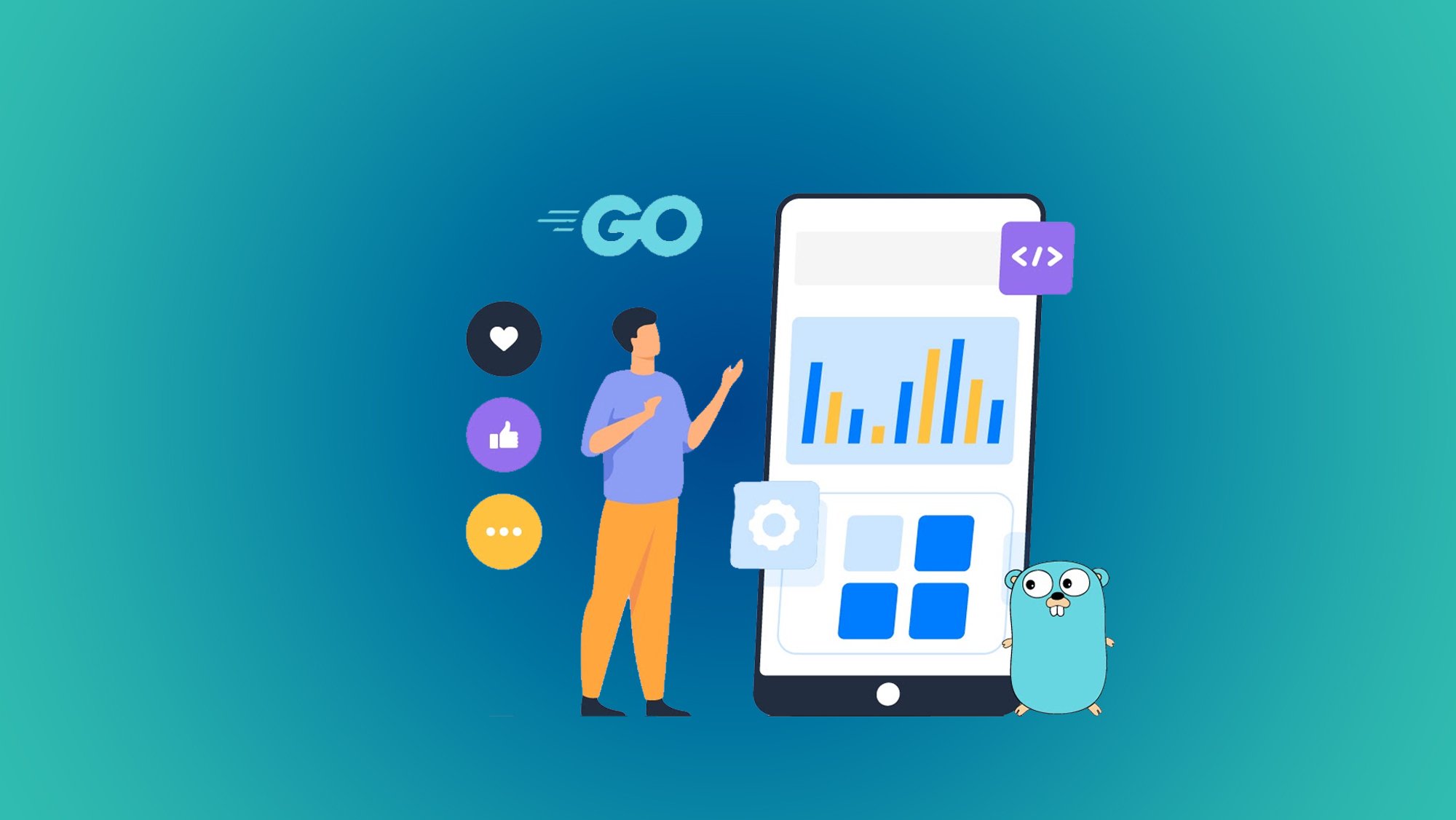Mastering Go: Exploring Advanced Techniques and Best Practices
Introduction:
The Go programming language, often referred to as Golang, has gained immense popularity for its simplicity, efficiency, and concurrency features. As developers become more proficient with the fundamentals of Go, the desire to dive deeper and unlock its full potential becomes a natural progression. In this blog, we embark on a journey to explore advanced techniques and best practices that will elevate your mastery of Go to new heights.
Concurrency and Goroutines:
One of Go's defining features is its built-in concurrency model, centered around goroutines and channels. As you advance in your Go journey, delve deeper into the intricacies of goroutines:
- Goroutine Pools: Learn how to manage and control the number of concurrent goroutines using pools. This can prevent excessive resource consumption and optimize the utilization of available CPU cores.
- Worker Queues: Implement worker queues using goroutines and channels for efficient task processing. This pattern is particularly useful for scenarios where you need to manage a dynamic number of tasks.
- Context Package: Master the
contextpackage to gracefully handle the lifecycle and cancellation of goroutines. This is crucial for building robust and responsive applications.
Profiling and Optimization:
Go's performance is a key factor in its popularity. To become a true master of Go, you should become proficient in profiling and optimizing your code:
- Profiling Tools: Explore Go's built-in profiling tools, such as the
pprofpackage and the accompanying command-line tools. Learn how to use these tools to identify performance bottlenecks and memory issues. - Memory Management: Dive into Go's memory management and garbage collection mechanisms. Understand how to minimize memory allocations and manage memory effectively to improve application performance.
- Benchmarking: Practice benchmarking to measure the performance of different code implementations. Benchmarking is a crucial step in identifying performance gains achieved through optimization.
Advanced Concurrency Patterns:
As you gain mastery over concurrency, you can explore more advanced patterns that leverage goroutines and channels:
- Fan-out/Fan-in: Deepen your understanding of fan-out/fan-in patterns, which allow you to efficiently distribute tasks across multiple goroutines and aggregate their results.
- Semaphore and Mutex: Learn how to use synchronization primitives like semaphores and mutexes to coordinate access to shared resources in concurrent scenarios.
- Atomic Operations: Explore the
sync/atomicpackage to perform atomic operations on primitive data types. Atomic operations are essential for managing concurrent access to shared memory.
Error Handling and Best Practices:
Effective error handling is a hallmark of professional Go code. Elevate your coding skills with advanced error handling techniques:
- Custom Error Types: Create custom error types to encapsulate specific error scenarios and provide meaningful context to callers.
- Error Wrapping: Master the art of error wrapping to capture the context and origin of errors as they propagate through your application's call stack.
- Error Chains: Learn how to chain errors and extract relevant information from error chains for improved troubleshooting and debugging.
Advanced Package Design:
As your projects grow, mastering advanced package design becomes crucial for maintaining code organization and modularity:
- Interfaces and Polymorphism: Utilize interfaces to achieve polymorphism and design flexible APIs. Understand how to write functions that accept interfaces, enabling greater code reusability.
- Public and Private APIs: Learn to design public APIs that are intuitive and concise, while keeping internal implementation details hidden. Strike a balance between usability and encapsulation.
- Dependency Management: Explore advanced techniques for managing dependencies, such as vendoring, Go modules, and ensuring reproducible builds.
Testing and Testable Code:
Writing tests and ensuring testable code are essential aspects of software engineering. As a Go master, deepen your knowledge of testing:
- Table-Driven Tests: Employ table-driven tests to increase test coverage and improve the readability of your test cases.
- Mocking Dependencies: Explore techniques for creating mock objects and stubs to isolate unit tests from external dependencies.
- Code Coverage: Master the use of code coverage tools to identify areas of your codebase that lack test coverage, ensuring comprehensive testing.
Proficient with the Standard Library:
Go's standard library is a treasure trove of powerful tools and packages. As a Go master, become proficient in utilizing the standard library to its fullest potential:
- Package Documentation: Learn how to read and interpret package documentation to fully understand the capabilities and proper usage of standard library packages.
- JSON and Serialization: Deepen your knowledge of the
encoding/jsonpackage to handle advanced serialization and deserialization scenarios, including custom marshal and unmarshal methods. - Concurrency Tools: Explore advanced concurrency tools from the
syncpackage, such asOnce,WaitGroup, andCond, to build more sophisticated concurrent programs.
Real-World Project Experience:
True mastery of Go comes through hands-on experience. Undertake ambitious projects that challenge your skills and encompass various aspects of software development:
- Microservices Architecture: Build a microservices-based application using Go. This will provide insights into networking, inter-service communication, and orchestrating multiple components.
- RESTful APIs: Create a RESTful API server using popular packages like
gorilla/mux. Implement best practices for handling authentication, validation, and error handling. - Command-Line Tools: Develop command-line utilities using the
flagpackage or more advanced libraries likecobra. Gain experience in creating user-friendly command-line interfaces.
Conclusion:
Mastering Go goes beyond syntax and basic concepts. It involves delving into advanced techniques, understanding performance optimization, and honing your ability to design elegant and efficient software. As you explore the world of advanced concurrency, profiling, error handling, and package design, you'll gain a deeper appreciation for the nuances of Go and its ability to empower you to build scalable, high-performance applications.
Remember that mastery is an ongoing journey. Embrace challenges, stay curious, and continue to explore new horizons within the Go language. By combining your knowledge of advanced techniques with practical project experience, you'll unlock the full potential of Go and solidify your position as a true Go master in the ever-evolving landscape of software development.
You May Also Like
These Related Stories

Advanced Base SAS: Empowering Data Manipulation and Visualization

Advanced Node.js Techniques: Taking Your Skills to the Next Level




No Comments Yet
Let us know what you think